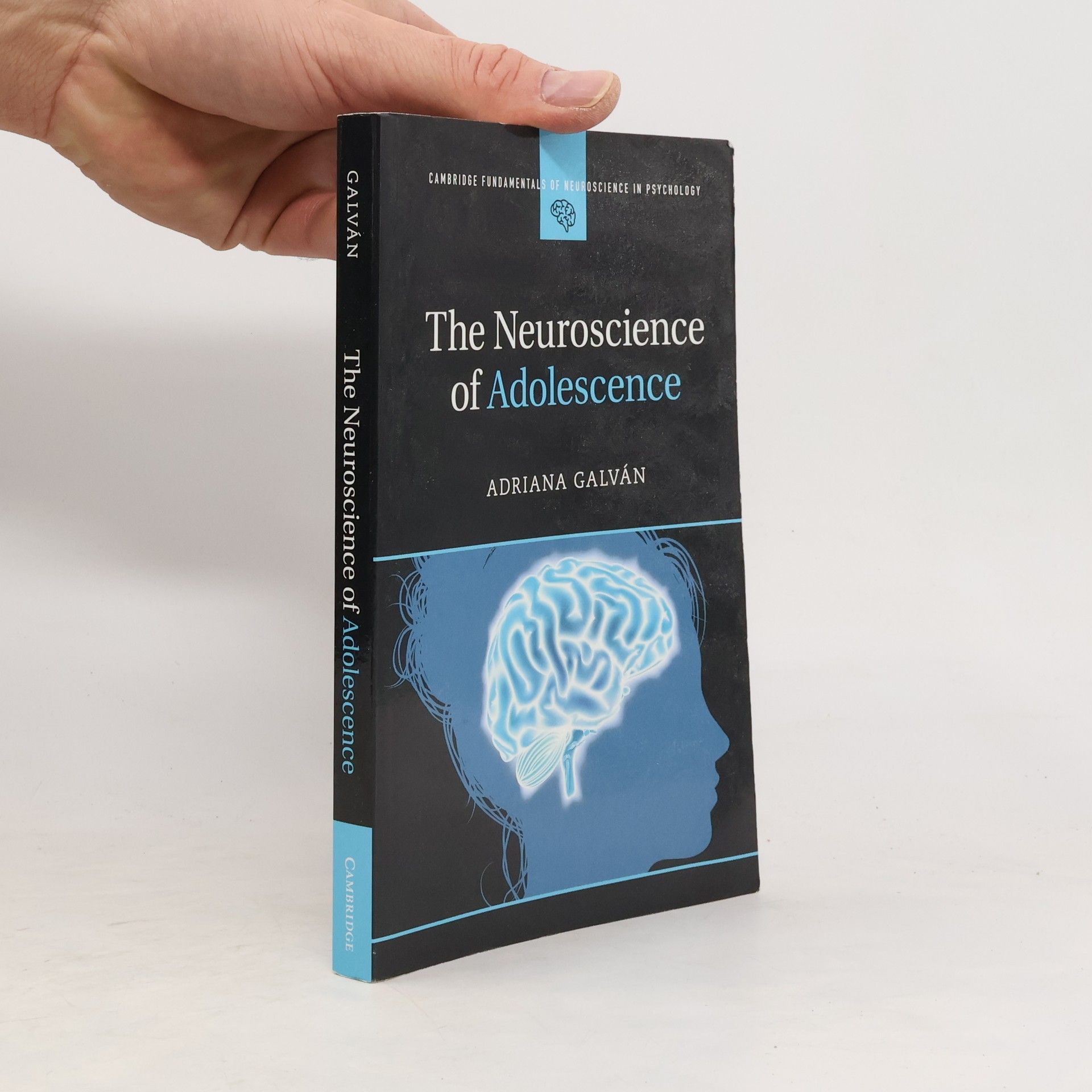This book offers an accessible account of the neuroscience behind suicidal behavior and its potential for prevention. Neuroscience opens up opportunities to dispel myths that continue to hinder suicide prevention by helping people to understand suicide and providing effective prevention methods.
Fondamenti di neuroscienze in psicologia Cambridge Serie
Questa serie offre introduzioni accessibili ai principi fondamentali delle neuroscienze, pensate per studenti e lettori non specialisti. Ogni volume approfondisce aree chiave della ricerca neuroscientifica pertinenti ai principali ambiti della psicologia. Scritta da esperti di spicco nelle neuroscienze cognitive, sociali, affettive, dello sviluppo, cliniche e applicate, questa collana funge da eccellente introduzione alla comprensione della complessa interazione tra cervello e comportamento. Sono risorse ideali per cogliere le basi biologiche dei fenomeni psicologici.





Ordine di lettura consigliato
The Neuroscience of Creativity
- 386pagine
- 14 ore di lettura
The Neuroscience of Creativity introduces readers to the fascinating study of creativity and the brain, providing both the tools for further study and an explanation of the latest neuroscientific findings. Directed at a wide readership, it is a helpful guide into creativity research for students, researchers and non-specialists alike.
The Neuroscience of Creativity
- 402pagine
- 15 ore di lettura
Exploring the functioning of the creative brain, this book delves into various domains including music, literature, visual arts, kinesthetic skills, and science. It offers insights into the processes behind creativity and provides methods for studying these cognitive mechanisms.
The Neuroscience of Adolescence
- 330pagine
- 12 ore di lettura
Written by an award-winning developmental neuroscientist, this is a comprehensive and cutting-edge account of the latest research on the adolescent brain.
The Neuroscience of Suicidal Behavior
- 298pagine
- 11 ore di lettura
Exploring the preventability of suicide, this book delves into neuroscientific research that uncovers critical insights into the underlying mechanisms of suicidal behavior. It challenges prevailing misconceptions and offers evidence-based strategies for intervention, highlighting the role of mental health care and societal support. By emphasizing the importance of understanding the brain's functions and emotional responses, the work aims to foster hope and promote proactive measures to reduce suicide rates.